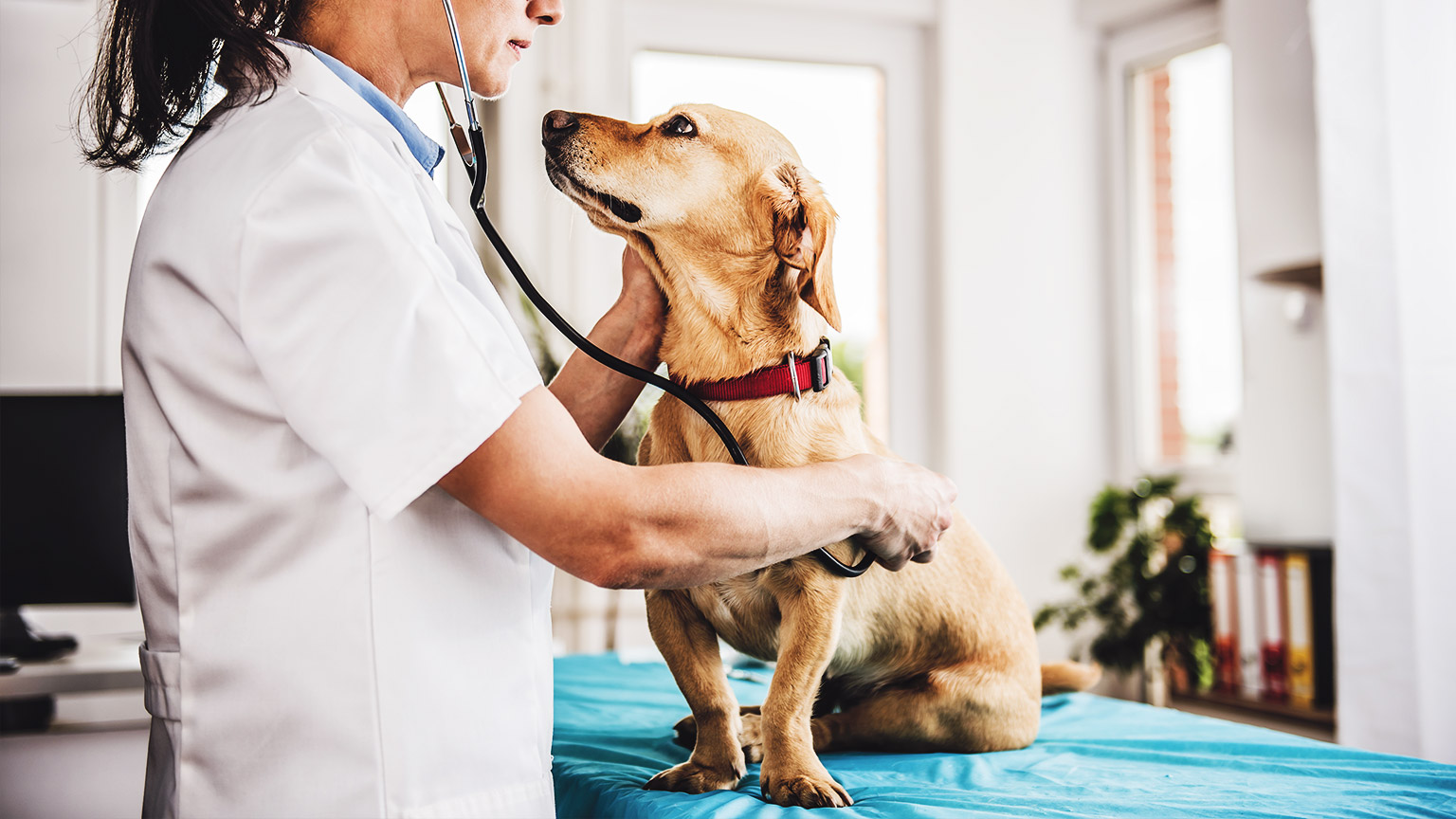This is Suzie and Pixie…
Suzie is a veterinarian working at the Animal Specialist Hospital (ASH) in the isolation ward. Suzie is part of a highly trained team that works directly with companion animals that have been admitted to the isolation ward with infectious disease diagnosis.
What makes the isolation ward different from the rest of the animal hospital?
Suzie responds:
This area of the hospital is kept separate to the general ward because of the level of contagious infections we deal with. We need to limit the number of people who pass through or work in this part of the hospital to minimise any possible transmission. There are specific procedures and practises that are in place that require training to attending to these animals and ensuring they are getting the best possible care that we can offer.
What are your duties?
Suzie responds:
This part of the hospital requires you to be on your guard all the time, no room for complacency here! As part of the role, I must monitor and check patients presenting various signs or symptoms of illness. Some animals require more attention than others, especially if they are critically ill or require intensive care from the infectious disease they have contracted. Part of this role includes thorough regular cleaning and hygiene practices, in addition to communicating with other veterinary staff, the animals’ owners and updating records.
What is the hardest part of your job?
Suzie responds:
The high demand of working in the isolation ward can take its toll when animals become ill passed the point of being able to help them and require euthanasia. It is never easy to need to break the news to a pet owner and this can be a very emotional time. Keeping up to date with the paperwork is also demanding because there are several hygiene checks in addition to the records of monitored patients. It is a huge responsibility to work in this part of the hospital, ensuring safety for the team (and yourself) is always paramount because there are more in-depth procedures that need to be considered on top of existing safety measures.
How do you maintain safety in the isolation ward?
Suzie responds:
PPE and good hygiene are at the top of the list for safety in the isolation ward! We are virtually suited up at all times during our shift but need to change the PPE between patients. We have standard operating procedures that outline the safety practices we need to carry out on a daily basis. Effective communication between staff also helps to keep us all safe and where necessary we make reports on any changes to conditions of animals or if there is an additional safety risk that arises. The staff have all been properly trained to work in this ward and we keep up to date with any changes in our role through professional development.

